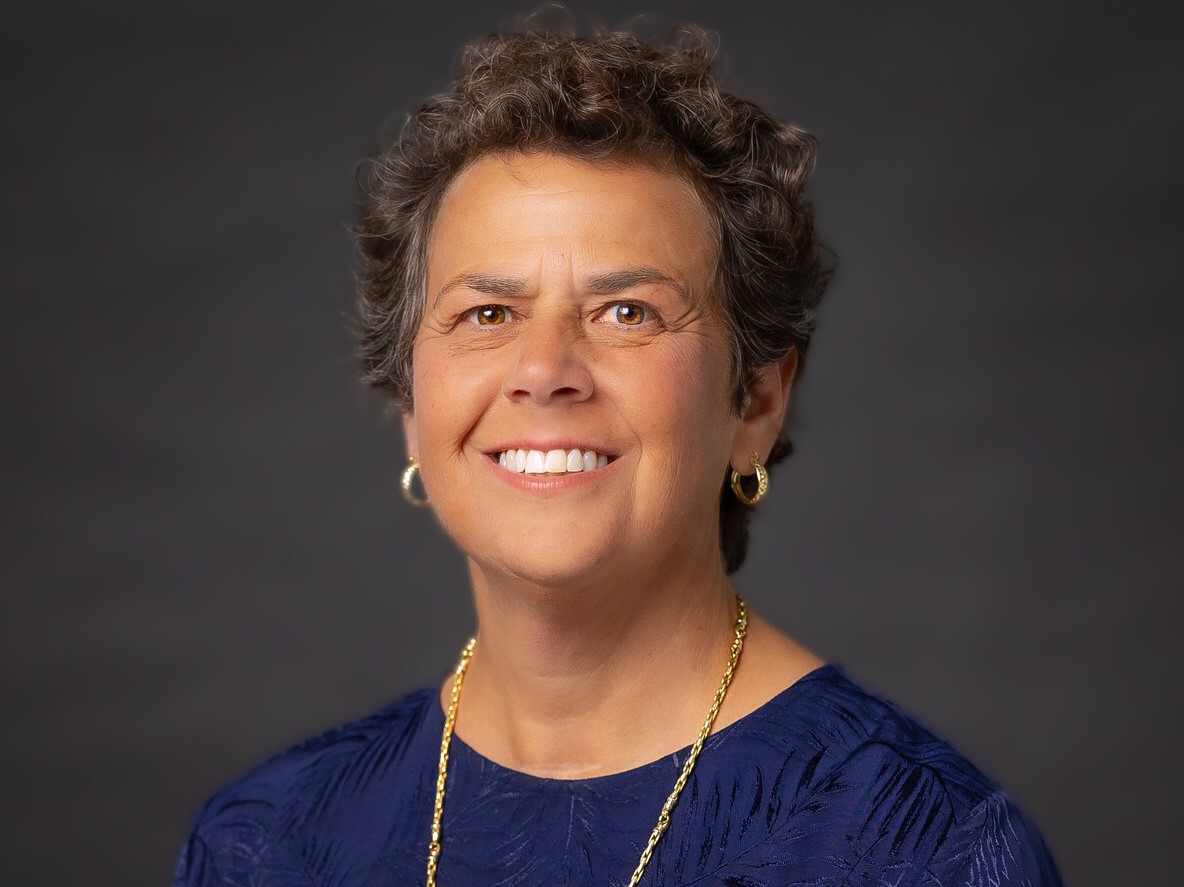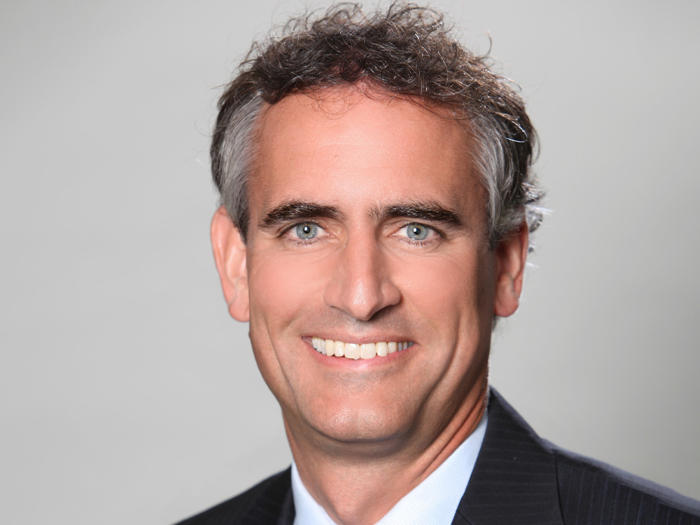4 Key Factors Impacting the U.S. Commercial Property Insurance Markets

Volatile times are making an impact on the U.S. property insurance market. Both internal and external factors are affecting market dynamics and adding pressure to all segments of the insurance value chain.
The 2023 U.S. Property Market Outlook by Risk Placement Services (RPS) identified multiple challenges.
The four key concerns include drastic rate increases, growing underwriting losses, a difficult reinsurance renewal period and reduced capacity. Additionally, the report provided insight into considerations for agents to help clients traverse the renewal period for the remainder of 2023 and beyond.
Here’s a breakdown of what the study revealed.
1) Drastic Rate Increases
Significant premium rise is identified as the greatest burden affecting underwriters when direct insurers are already facing severe cost pressures.
“The average insurance carrier that deploys catastrophe business is looking at 30 to 80% increases in its reinsurance costs,” said Wes Robinson, national property president at RPS.
Reflecting on recent volatility, RPS area president David Novak added, “We’ve been in a hardening market for four or five years now, but increases across 2023 are expected to come at an accelerated rate. This is driven primarily by poor underwriting results, increased cost of reinsurance and shrinking of capital in the insurance marketplace.”
Then there are the non-property-related issues influencing rates, including war in Ukraine, the COVID-19 pandemic, a supply chain crisis and labor shortages.
“When reinsurers face these increasingly large losses across a variety of different classes and geographies, they sometimes respond by increasing rates across the board, and that is what we are seeing in the property market this year,” said Christa Nadler, area executive vice president for property, RPS.
2) Growing Underwriting Losses
Climate-related catastrophic events have challenged the industry in recent years, resulting in substantial underwriting losses. Shortages have increased in frequency and severity, and are estimated to be $360 billion globally in 2022.
Recent climate-related losses in the U.S. include California wildfires, flooding, and the giant freeze that hit Texas in 2021.
As a result, the U.S. property and casualty insurance market reported net underwriting losses of $24.3 billion over the first nine months of 2022, nearly four times the losses reported during that same period in 2021.
Hurricane Ian, which occurred in the fourth quarter of 2022, is estimated to add $55 billion of insured losses and a total economic loss of $112 billion. Hurricane Ian was the second-costliest catastrophe, behind Hurricane Katrina in 2005, and resulted in nearly $100 billion in insured losses, adjusted for inflation.
The frequency and scale of catastrophes and supply chain pressures have resulted in a demand surge and a shortage of materials and labor.
Furthermore, manufacturing is under increased scrutiny from insurers at a level not seen in five to 10 years. Risk management recommendations, previously considered advisory measures, are now being mandated in order for cover to be accepted.
“The market has gotten to a point where they are saying ‘Enough is enough,’ and they are no longer willing to accept the increased risk associated with not complying with recommendations,” said Nadler.
Therefore, companies that invest in risk management, including “best-in-class” properties built to withstand natural catastrophes, could benefit from lower rates than other market areas.
Unanticipated losses are causing insurers to add sublimits, reduce sublimits and tighten up coverage language.
“We’ve seen this a lot when it comes to things like limits for miscellaneous unnamed locations, and even civil commotion or riot events,” Nadler said. (For more information on civil commotion and riots, see the recent Risk & Insurance article 5 Factors Stoking the Fires of Global Unrest, According to a Recent Report by Allianz.)
3) A Difficult Reinsurance Renewal Period
In response to underwriting losses, insurers are putting more emphasis on valuations, requiring policyholders to update the value of their portfolio for rising inflation and increased construction costs.
“You can look back across some accounts and see that valuations haven’t changed in the last eight to 10 years,” said Nadler. Combined with increased rates, it results in a “hefty year-over-year premium increase for an insured.”
Agents need to pay close attention to changes in policy wording. There has been a move toward scheduled limits and tighter wording to reduce the exposure facing insurers.
“While some of these exclusions may not seem to be a big issue for many of the risks being placed, there could in fact be a sizable level of exposure being excluded for certain segments of the market,” said RPS senior property broker Nicholas Cavaness.
4) Reduced Capacity
Traditionally, the managing general agents (MGA) model wrote complex risks under one policy, making it easier and more affordable.
However, the MGA sector has experienced a reduced capacity due to the hardening market, leading to greater-than-average rate increases for middle-market business.
MGAs are faced with a choice between increasing premiums and increasing their risk tolerance.
Some carriers are reducing their capacity by as much as half, resulting in increased costs due to having more insurers on a policy. “Whereas a deal might’ve had 10 carriers involved to cover a risk last year, we are now seeing that number rise to 20, because capacity has been cut so drastically,” said Cavaness.
Compiling an increased number of carriers on a deal will result in delays and a longer and later renewal cycle, which can strain both the insured and agents.
Proactive Response Recommended
RPS advises agents to proactively provide insureds with the reasons behind the increasing premiums and to set realistic expectations.
“These conversations need to be started early — as early as possible, really — because renewals are becoming a much more complicated process,” Robins said.
When you move beyond the transactional role and enter into a meaningful partnership, agents can provide insureds with the advice they need when facing these increased pressures.
Cavaness added, “Here at RPS, we firmly believe brokers are there to educate their customers and ensure that they are fully aware of the risks they are facing and how that can be mitigated against.” &










